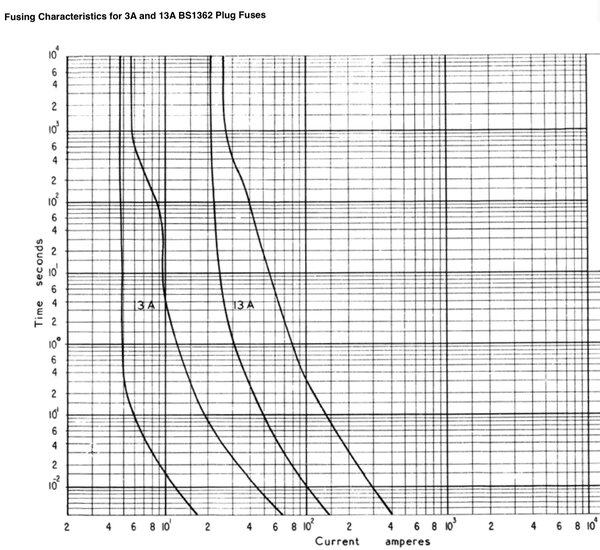D
Delectrician
Hi,
I have a fault somewhere on my immersion heater circuit, the 13A fused spur switch is getting hot & there is visible insulation damage to the live conductors only, the fuse in the spur is where the heats being generated, I disconnected everything & tested the resistance of the element alone, its a 2.8KW rod & I recorded a value if 18.5 Ohms, Fairly normal for an element that size, I thought!
The circuit is governed by a 16A MCB, through a 80A RCD unit, on a duel RCD fully loaded board, I tested the functionality of the RCDs & both are operating as normal, I am suspicious the fault is the element, but with no faults to Neutral or Earth, I'm a little perplexed! The property was EICR tested only 1 year ago by an NIC EIC registered company, so all the continuity values, IR readings & loop impedance have been recently checked.
Any help would be brilliant, I don't want to pay for the element to be replaced & find out It wasn't a fault with it!
Thanks in advance!
I have a fault somewhere on my immersion heater circuit, the 13A fused spur switch is getting hot & there is visible insulation damage to the live conductors only, the fuse in the spur is where the heats being generated, I disconnected everything & tested the resistance of the element alone, its a 2.8KW rod & I recorded a value if 18.5 Ohms, Fairly normal for an element that size, I thought!
The circuit is governed by a 16A MCB, through a 80A RCD unit, on a duel RCD fully loaded board, I tested the functionality of the RCDs & both are operating as normal, I am suspicious the fault is the element, but with no faults to Neutral or Earth, I'm a little perplexed! The property was EICR tested only 1 year ago by an NIC EIC registered company, so all the continuity values, IR readings & loop impedance have been recently checked.
Any help would be brilliant, I don't want to pay for the element to be replaced & find out It wasn't a fault with it!
Thanks in advance!










